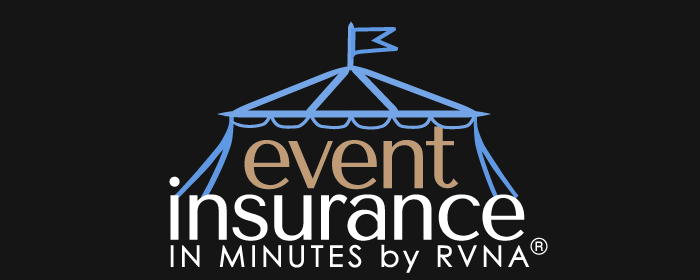This is the second in a series of three blog posts helping to provide simple guidelines and best practices that can be followed to not only help find and use images from external sources in a manner that respects copyright laws, but also help you to potentially avoid finding yourself in a lawsuit over an improperly used photo, artwork piece, or content excerpt.
Fair Use
Fair Use helps to reduce a tension between copyright law and the First Amendment’s guarantee of freedom of expression. Fair use is decided by courts on a case-by-case basis after balancing the four factors listed in section 107 of the Copyright Act which are as follows:
- The purpose and character of the use of copyrighted work
Transformative quality – Is the new work the same as the copyrighted work, or have you transformed the original work, using it in a new and different way?
Commercial or noncommercial – Will you make money from the new work, or is it intended for nonprofit, educational, or personal purposes? Commercial uses can still be fair uses, but courts are more likely to find fair use where the use is for noncommercial purposes. - The nature of the copyrighted work
A particular use is likely to be considered fair when the copied work is factual, not creative. - The amount and substantiality of the portion used in relation to the copyrighted work as a whole
How much of the copyrighted work did you use in the new work? Copying nearly all of the original work, or copying its heart, may weigh against fair use. But how much is too much depends on the purpose of the second use. - The effect of the use upon the potential market for or value of the copyrighted work
If you use the copied work in a way that substitutes for the original in the market that will weigh against fair use. Uses of copyrighted material that serve a different audience or purpose are more likely to be considered fair.

